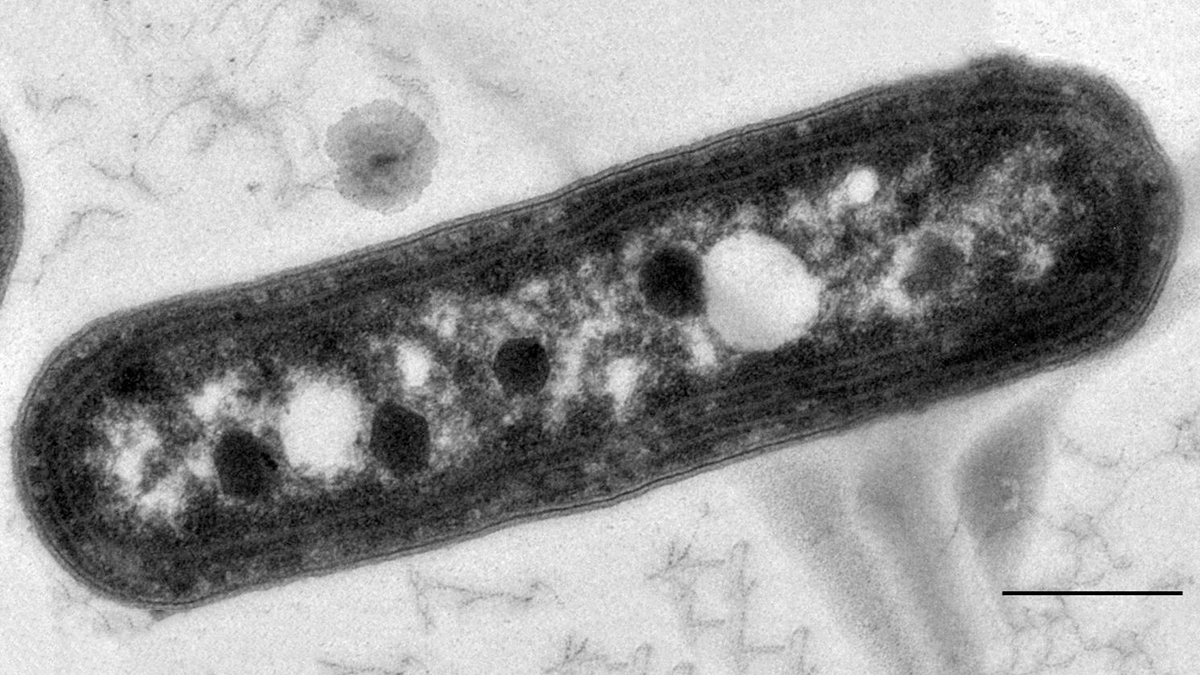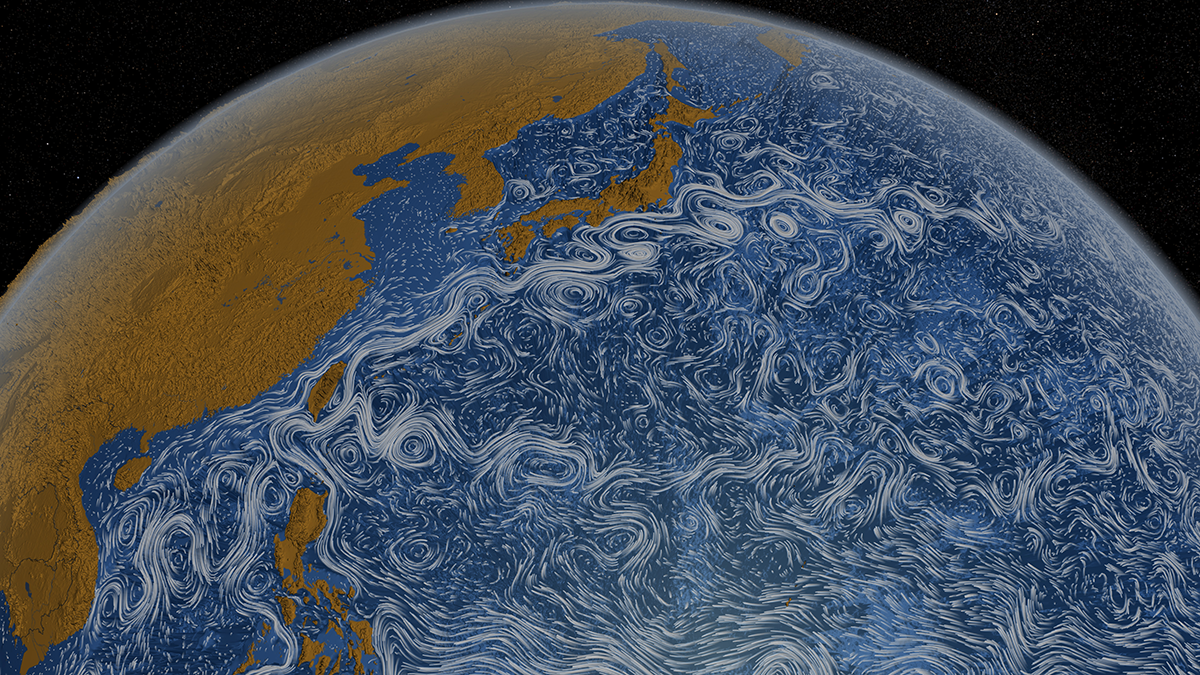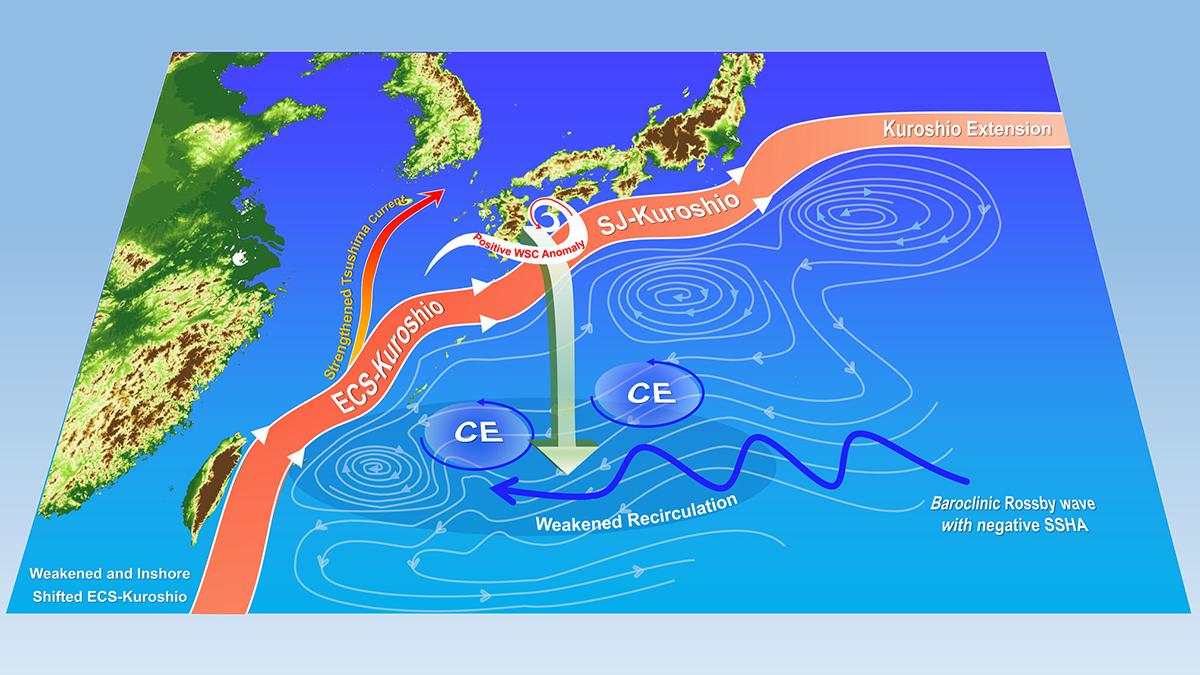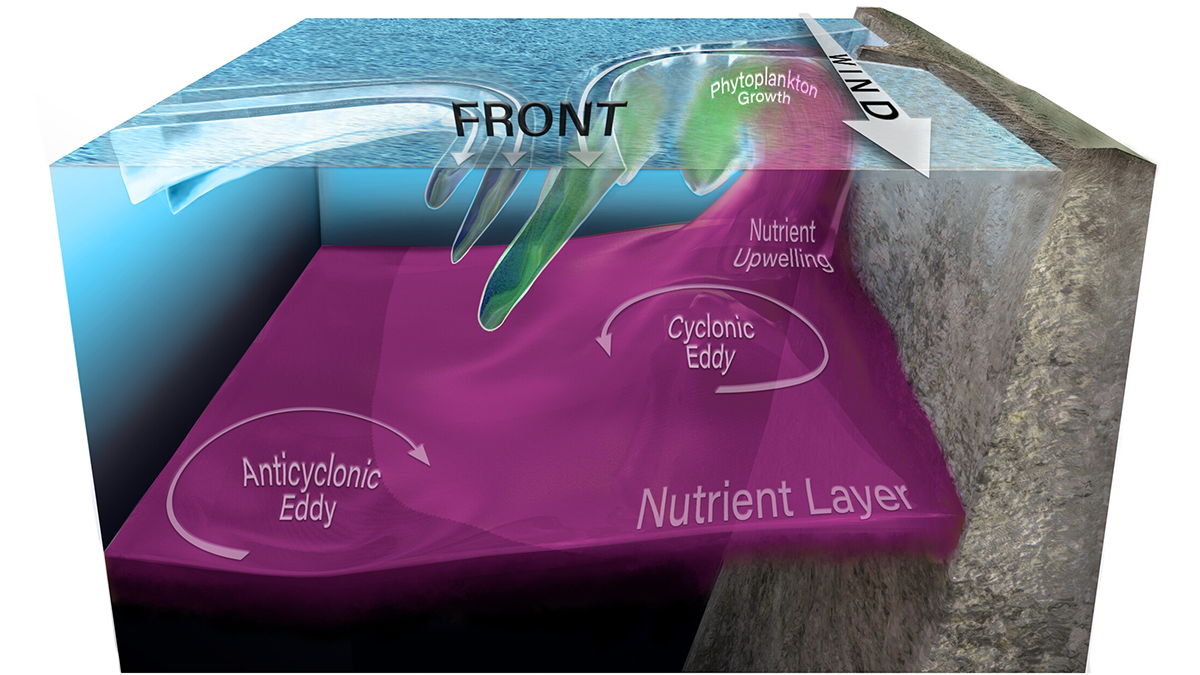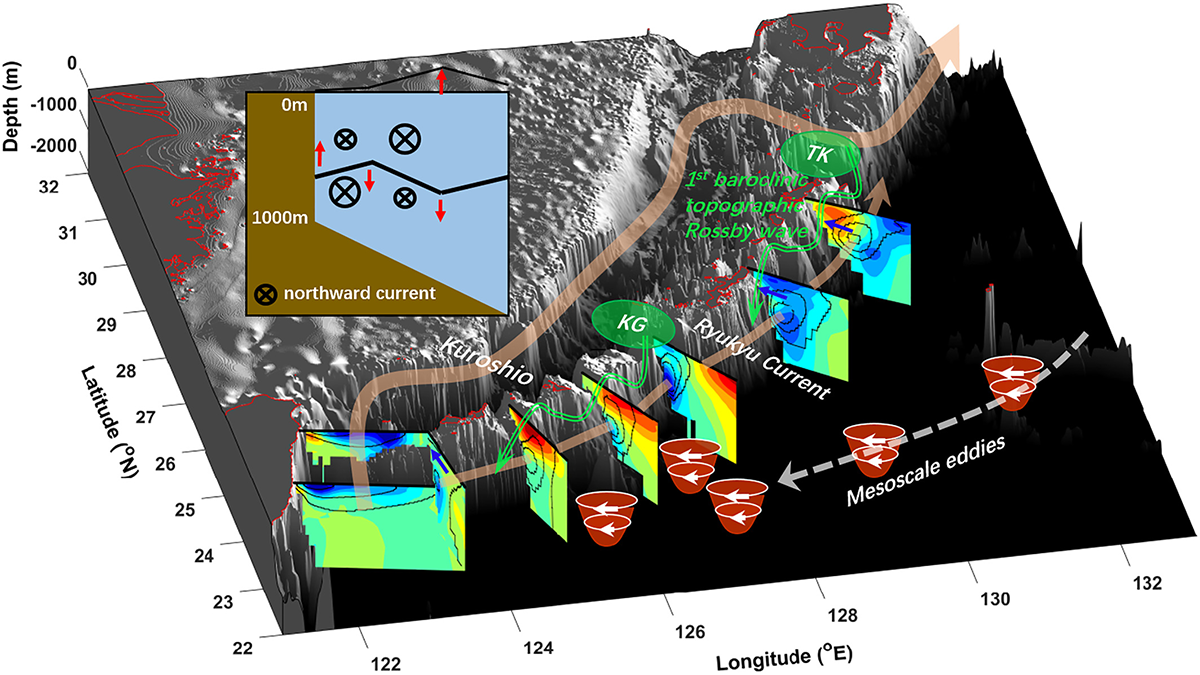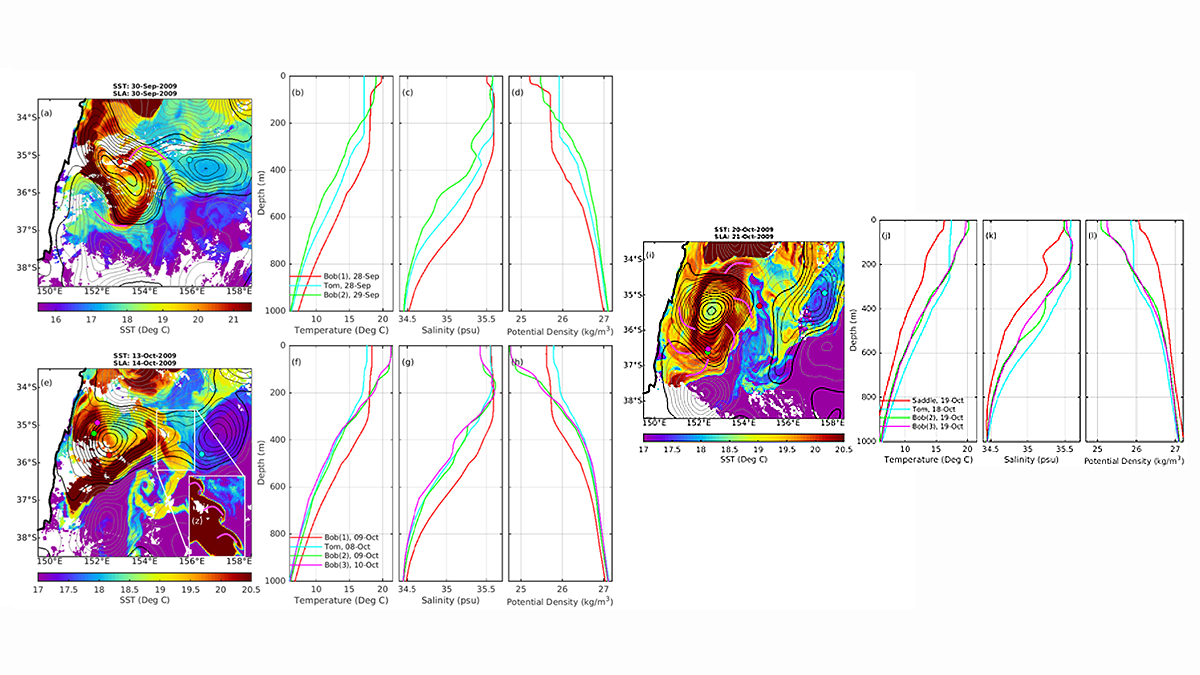Using in-situ observational data, scientists reveal that Kuroshio intrusions through the Luzon Strait increase small phytoplankton in the South China Sea.
Takeyoshi Nagai
Editor, Journal of Geophysical Research: Oceans
Upwelling Near Fronts Initiate Offshore Phytoplankton Blooms
A new study finds that phytoplankton blooms, often seen near the separation point of western boundary currents, are supported by nutrient supply upwelling and cross-shelf transport.
Nutrients at Depth Can Be Uplifted by the Kuroshio Large Meander
Aperiodic, southward deflection of the Kuroshio, a.k.a. the Kuroshio large meander, uplifts the nutrients in deep layers to induce offshore phytoplankton bloom.
ENSO Variations Modulate the Kuroshio in the East China Sea
Recent warm El Niño Southern Oscillation events strengthened winds over the western Subtropical North Pacific, leading to planetary waves with cyclonic eddies, weakening the Kuroshio in the East China Sea.
Do Ocean Currents Mix Water Vertically or Stir Laterally?
Observations of temperature and salinity distributions across the Brazil-Malvinas Confluence reveal the importance of small-scale mixing processes for water mass modification.
Pulses of Coastal Upwelling Generate Phytoplankton
Phytoplankton patches at an ocean front in the California Current System are found to originate from different coastal upwelling pulses.
Bio-Argo Floats Reveal Phytoplankton Increase at Ocean Fronts
Bio-Argo floats and satellite altimeter data reveal that upwelling caused by confluent flow on the warm side of ocean fronts increases phytoplankton carbon and chlorophyll.
Gulf Stream Closes the Valve of the Labrador Current
Virtual particles released in the Labrador Current revealed that the westward penetration of the current into the shelf seas is inhibited by warm core rings emanating from the Gulf Stream.
Weakened Kuroshio Slows Down the Ryukyu Current
A combination of the weakened Kuroshio in the Tokara Strait and an increase in anticyclonic eddies led to the slowdown of the Ryukyu Current from 1993 to 2018.
How do Bob and Tom Eddies Meet, Pair-Spin, and Twist?
Autonomous float data reveal that mergers of two eddies, known to have spiraling subducting water surrounding each other, happens more frequently than previously thought.

